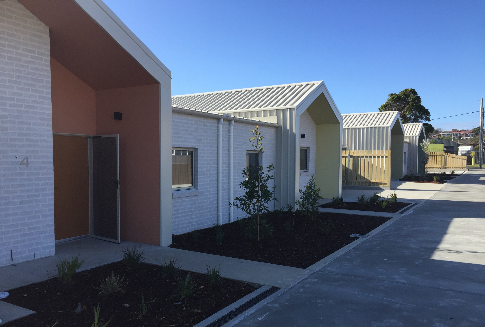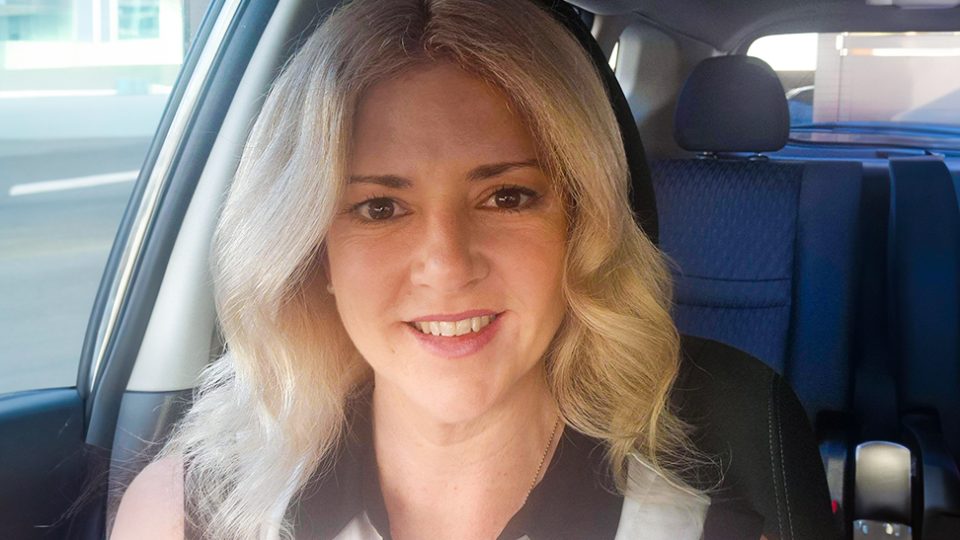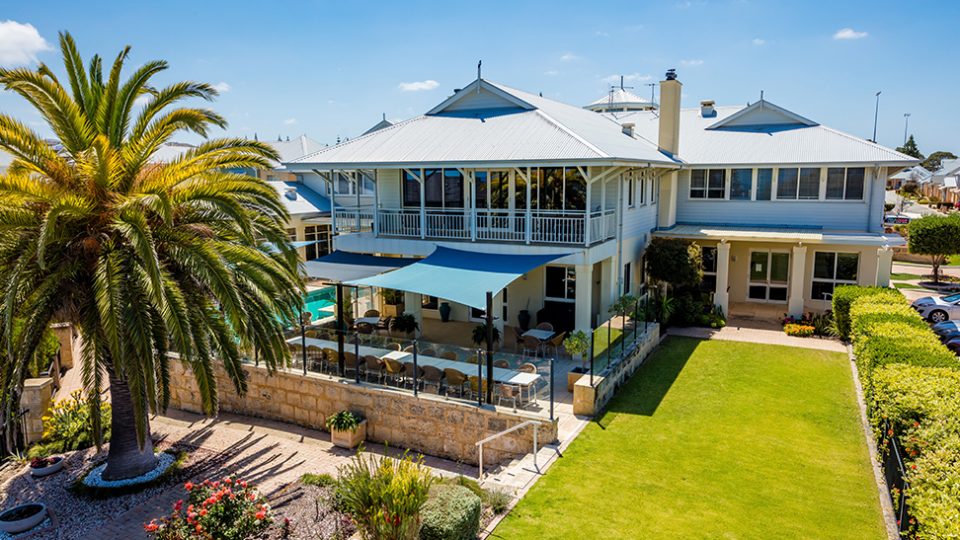Orana offers new social housing option
- 24 Oct 2019

“I have found the unit that I am living in to be comfortable, warm and something that I have wanted to live in my whole life. It is an amazing piece of architecture that is modern and light” – Ken, a former architect and one of the five residents who calls the new social housing development at Orana home.
To ease homelessness four new social housing units have been built by Baptcare, in partnership with the Tasmanian Government, in East Devonport.
Tenants moved in recently and come from Tasmania’s priority social housing list. They are all older Tasmanians, still capable of living independently, who have been provided the opportunity to live comfortably in affordable housing rather than private rental accommodation where they have not been able to manage their health and/or financial situation due to the ongoing costs of living.
Baptcare Affordable Housing (BAH), a subsidiary company of Baptcare, will manage the units as part of Baptcare’s commitment to the Devonport community.
The new units sit adjacent to Baptcare’s Orana Respite and Social Centre.
Baptcare Disability Services Manager, Catherine Viney said this development realised Baptcare’s vision and commitment to social housing by providing homes that are well located, of quality build and affordable to lower income households.
“The shortage of affordable housing in Tasmania is extreme. 34% of households renting in Tasmania are living in rental stress, a 17% increase since 2011 which is far too many people struggling to keep a roof over their head, as well as afford the basics of life. It is this chronic shortage of affordable rental housing which is a leading cause of homelessness,” said Ms Viney.
“Our goal with these units is to improve access to affordable housing options for those who are struggling, as well as creating a community where residents can participate fully in life and live independently, with rent adjusted to tenants’ income.
“Baptcare is excited to deliver this opportunity to the people of Devonport and help create positive memories for all who reside here,” said Ms Viney.
This development would not have been possible without the valuable contribution and partnership with Housing Tasmania who contributed $440,000 toward the project.
Community news
-

Staff Spotlight: Annabelle Hancock
Meet Annabelle Hancock, Statewide Carer Support Liaison Officer for the Foster and Kinship care team based in Tasmania.
- 06 Jan 2026
-

Staff spotlight: Alicia Johnston
We are very proud of our talented and dynamic workforce and enjoy following their professional work journeys. Roles aren’t static at Baptcare. There is flexibility to grow and develop into different areas, such as Alicia Johnston’s experience.
- 06 Jan 2026
-

BaptistCare to acquire Keyton’s Western Australian retirement village portfolio
BaptistCare is pleased to announce that we have entered into an agreement to acquire Keyton’s portfolio of retirement villages in WA.
- 13 Nov 2025
